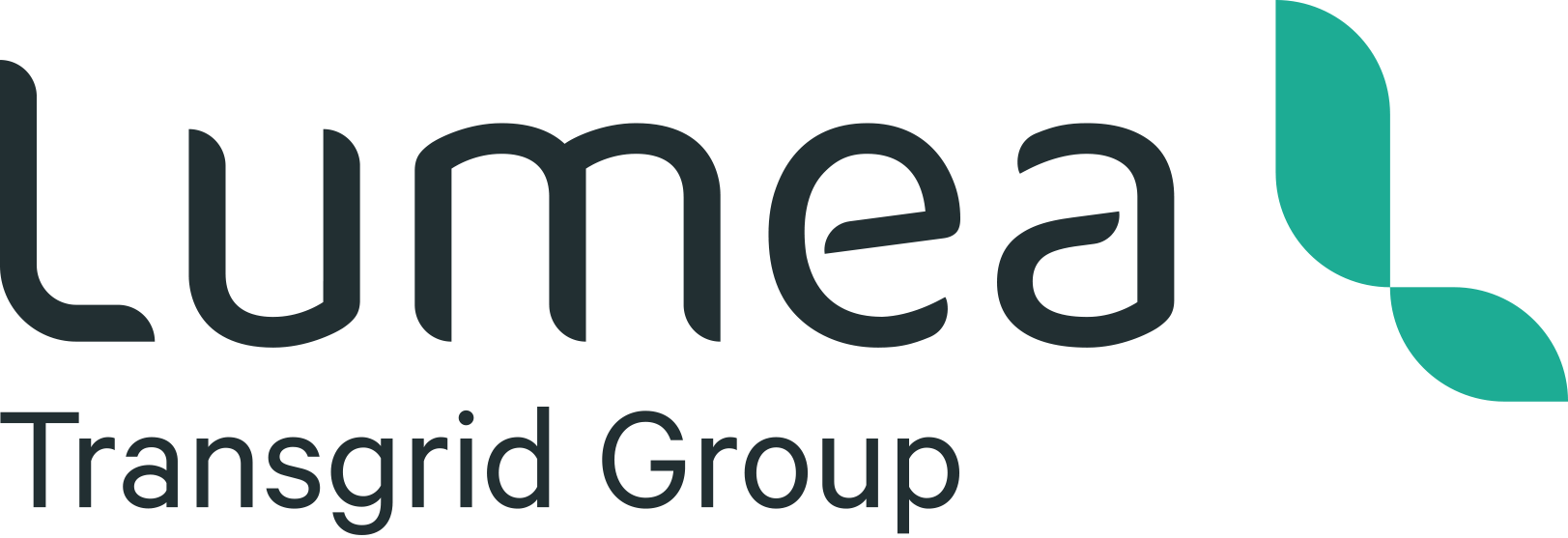Jobs in renewable energy now outnumber jobs in the coal industry. While it’s well understood the resources to build and maintain transmission lines and renewable generation projects are in short supply, the lack of technical capabilities is putting Australia’s Net Zero target timeline at risk.
The Jobs and Skills Summit hosted by the Federal Government in September raised the resource constraints in renewables as a critical issue, but there is no collective agreement for a scalable solution yet.
At the same time, the main planning body for the National Electricity Market, AEMO released its annual report which calls out energy reliability gaps for all mainland regions sooner than expected. Although there is already enough projected capacity in terms of gigawatts, the market operator is signalling the urgent need for these projects to progress from ‘anticipated’ to ‘committed’. Project delays are hampering this progress, and the industry is already citing workforce issues as a contributing factor.
Senior Connections Manager at Lumea, Mesh Weerackoon, says she sees the ramifications daily. “At the moment, there’s such high demand for technical staff – field technicians and power systems electrical engineers. We’re dealing with so much that is constantly changing – complex regulatory environments in all the different states, the advent of the renewable energy zones, and top that with a shortage of expertise means there’s a lot of movement happening with skilled workers moving between organisations,” she said.
There is consensus among government and industry on the need to invest in further training as a key factor in the country’s journey to net zero. A large proportion of the permanent jobs created will be in operations and maintenance. It’s clear that TAFE and vocational training is part of how we get there, and the news of new training courses for renewables, an extra 180,000 free TAFE places and an increase of overseas migration intake by more than 20 per cent is encouraging. Transgrid is aware of the challenges, and has set up the Transgrid Civil Engineering Scholarship with Charles Sturt University to provide financial support to engineering students and provide them with quality industry experiences, helping to develop Australia’s future engineering workforce. The wind turbine training centre in Ballarat, funded by Vestas, Acciona, GPG and Tilt Renewables is the first of its kind, and signals the start of initiatives that will benefit communities by giving locals, including school leavers, pathways to remain in their communities.
On a macro view, the transition is a hugely positive force for jobs. It’s taking place regionally, bringing new economic opportunities for communities that don’t tend to receive the same social and economic benefits as city dwellers. Net Zero Australia estimates that about 1 to 1.3 million new workers will be needed to reach net zero by 2050, with most of these related to energy export and located in northern Australia.
The solution companies often take is to fly in the expertise from overseas on an ad hoc basis. The influx of international knowledge is an asset to the sector, however expertise specific to Australia is lacking.
“Because the power system is extremely unique in Australia, it presents unique challenges, and is therefore harder to progress projects without in depth knowledge of the rules,” Weerackoon says.
"At Lumea, we’re fortunate to have some brilliant minds working for us, but I know these are industry-wide issues.” “The pandemic further complicated the situation, as the migration initiatives put in place to match the demand for engineers by the federal government halted.”
With the sector focusing on the common goal of transitioning the power system, and with steady work taking place on skilled migration reform, vocational training and industry coordination, the renewable energy workforce represents an incredible opportunity for Australia.



